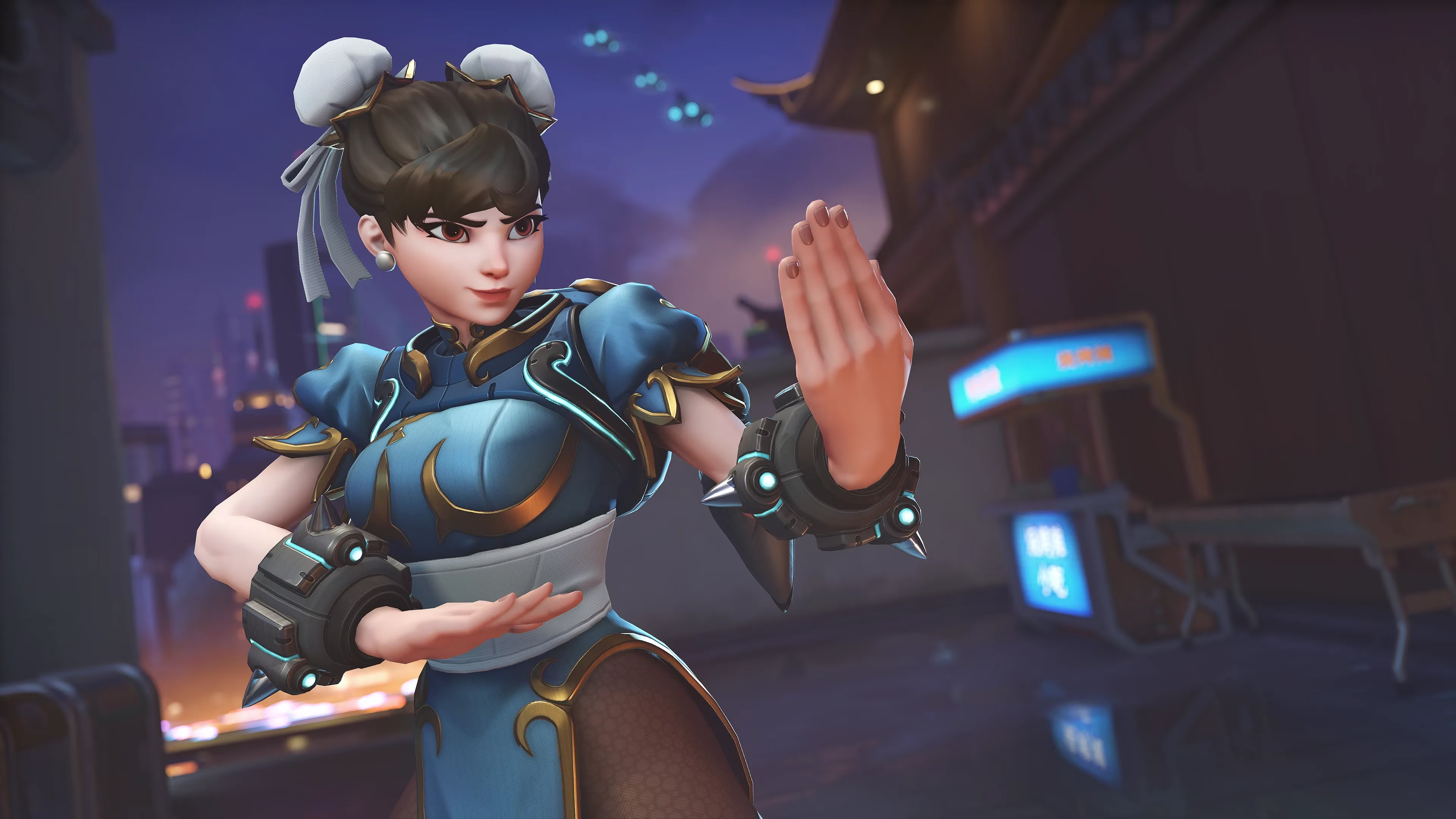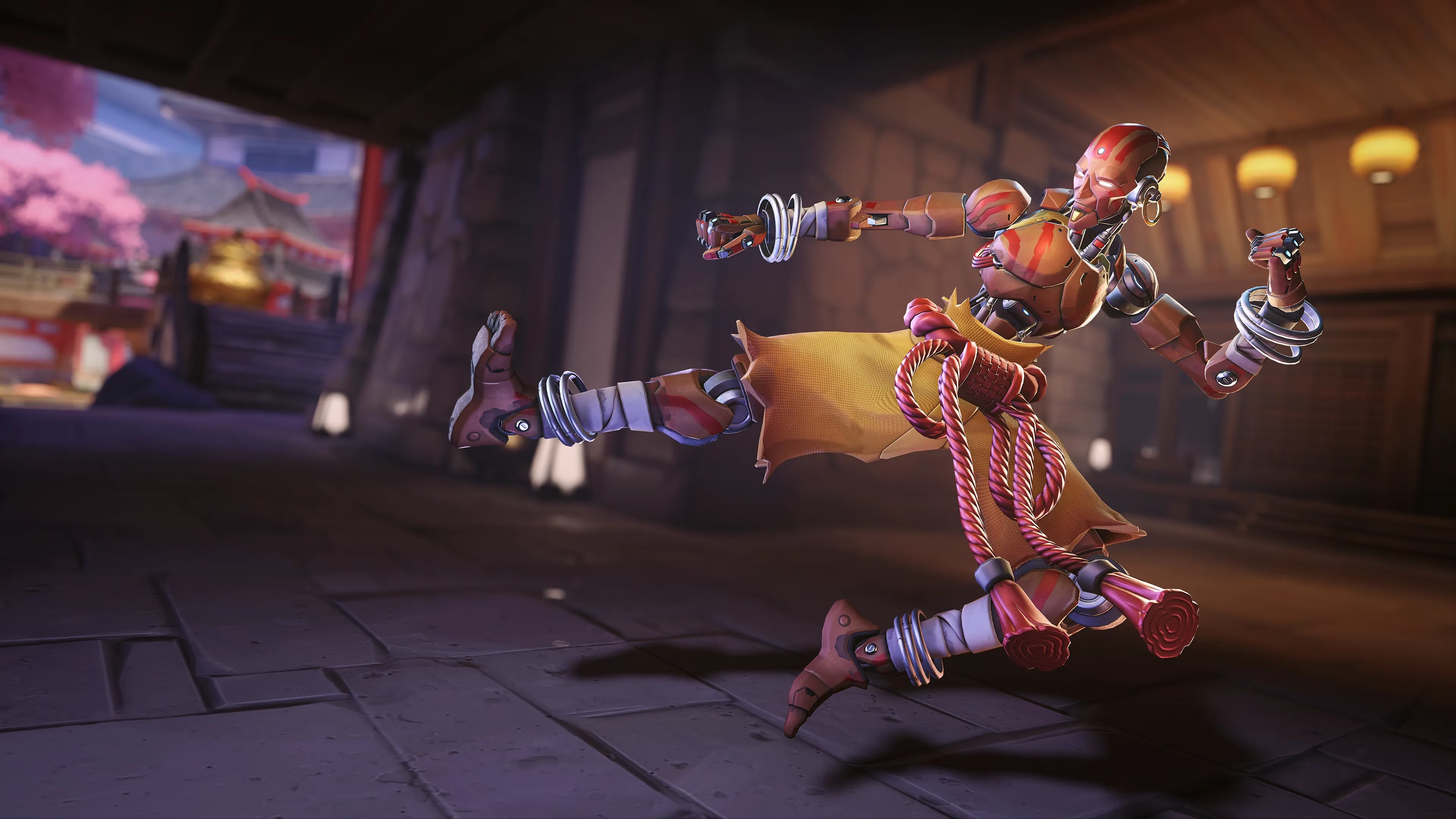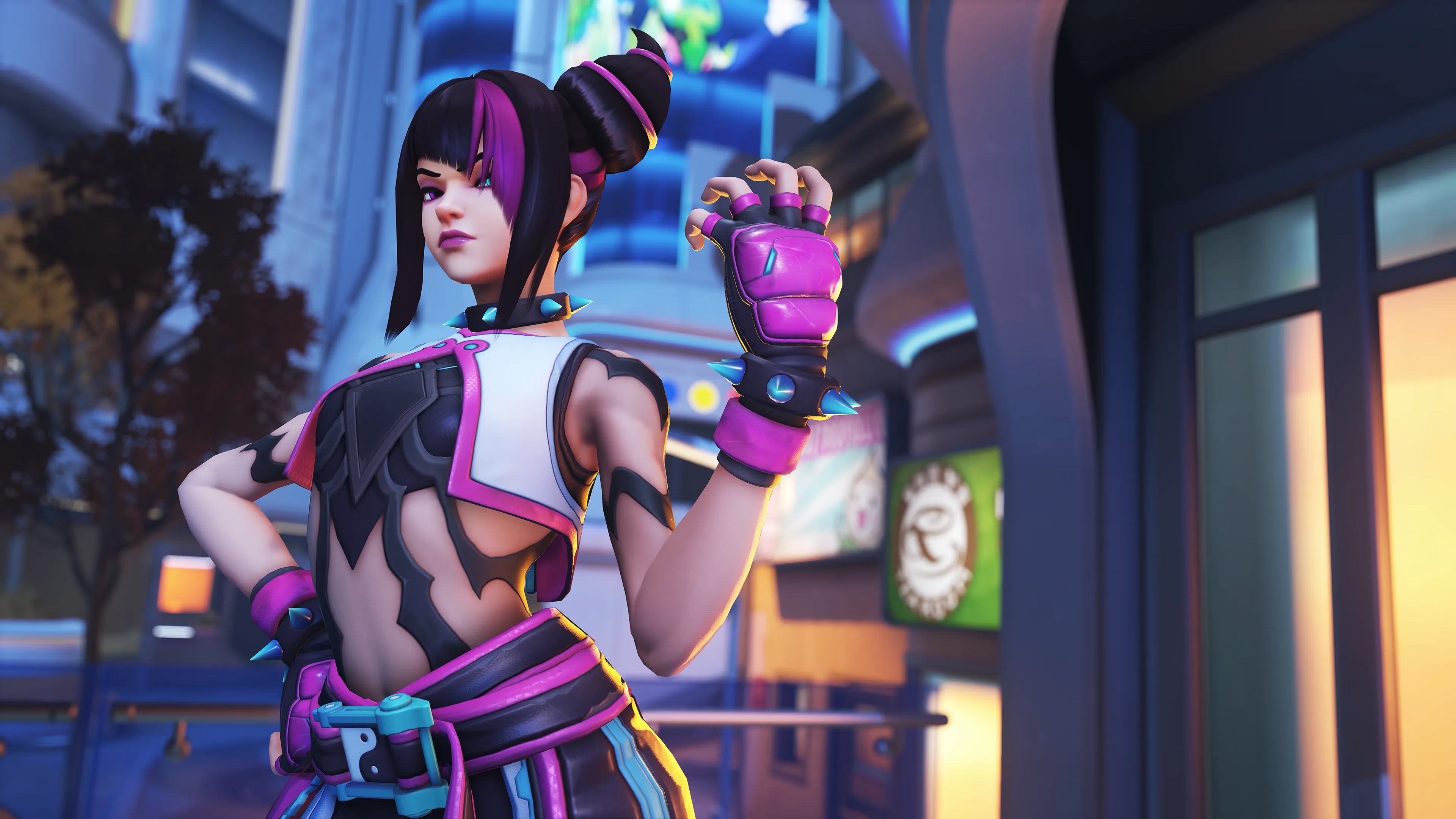Overwatch 2's innovative collaboration model, inspired by Fortnite, elevates gameplay with high-quality crossovers like Street Fighter, boosting engagement and excitement.
The gaming landscape of 2025 has witnessed Overwatch 2 fully embracing the collaboration model pioneered by Fortnite, with the recent Street Fighter crossover event marking yet another high-profile partnership. Running from May 20 to June 2, this collaboration introduces premium skins transforming beloved heroes like Juno into Chun-Li, Zenyatta into Dhalsim, and Kiriko into Juri. Despite some community debates about character-fighter pairings, the exceptional quality of these cosmetics speaks for itself.
The Transformation Journey
Overwatch's evolution didn't happen overnight. Looking back to 2016, the original game launched as a revolutionary hero shooter in a market with limited competition. Blizzard's golden touch seemed unstoppable as Overwatch collected Game of the Year awards and critical acclaim across the industry. Its charming character roster and nuanced gameplay created an immediate cultural impact.

However, as battle royale games gained popularity and live-service models became the norm, Overwatch began to stagnate. Seasonal events grew repetitive, and the expanding hero roster created balance challenges that became increasingly difficult to manage. Many players drifted toward more dynamic experiences offered by competitors.
When Overwatch 2 was announced at BlizzCon 2019, it appeared more like a desperate attempt to maintain relevance rather than a bold new direction. The sequel's troubled development and eventual free-to-play launch in a dramatically different gaming landscape forced Blizzard to reconsider its approach entirely.
Following Fortnite's Blueprint
Wasn't this transition inevitable? As the gaming industry evolved, Overwatch found itself competing in an environment where gameplay quality alone couldn't guarantee success. The free-to-play model demanded constant engagement and monetization opportunities that the original game's structure couldn't support.

Since March 2024, Overwatch 2 has embraced a collaboration-heavy strategy with impressive crossovers featuring Cowboy Bebop, One Punch Man, My Hero Academia, Transformers, Avatar: The Last Airbender, Mobile Suit Gundam, and now Street Fighter. Each event transforms the game's interface while introducing premium cosmetics that players can purchase individually or in bundles.
These collaborations have become seasonal highlights that complement the battle pass system and provide players with compelling reasons to return to heroes they might have neglected. The execution quality consistently exceeds similar efforts in competing titles, with meticulous attention to visual details, sound effects, and animation work that honors both Overwatch and the partnered franchises.
Quality Over Quantity
What distinguishes Overwatch 2's collaboration approach from competitors is the exceptional quality and thoughtful integration. Each crossover feels purposeful within the game's ecosystem rather than a hasty marketing ploy. The Street Fighter event exemplifies this commitment with its custom animated trailer, redesigned menus, and premium skins that capture the essence of iconic fighters.

The development team has demonstrated a remarkable ability to translate characters from vastly different visual styles into the Overwatch aesthetic without compromising either property's identity. While some character pairings might seem unexpected (Kiriko as Juri instead of the seemingly more fitting Sombra), the execution quality consistently impresses.
Beyond Cosmetics: Evolving Gameplay
Importantly, Overwatch 2 hasn't relied exclusively on collaborations for its revival strategy. Throughout 2024 and into 2025, Blizzard has made substantial improvements to core gameplay mechanics, including:
-
The introduction of Stadium mode, offering more casual play options
-
A revamped perk system providing greater customization
-
Refined hero progression that offers meaningful advancement
-
Balance adjustments that maintain competitive integrity
These gameplay enhancements work in tandem with the collaboration strategy, ensuring that Overwatch 2 remains fundamentally engaging beyond its cosmetic offerings. The game has found a delicate balance between innovation and preservation of its core identity.
The Community Response
The community's reaction to this evolution has been predictably mixed. Long-time players express concern about the game's shifting identity, while others appreciate the fresh energy these collaborations bring. Some questions to consider:
-
Does the frequency of collaborations risk diluting Overwatch's unique universe?
-
Are the premium prices justified by the exceptional quality of these cosmetics?
-
Could these resources be better allocated to developing new maps and heroes?
Perhaps the most telling metric is player engagement. Despite vocal criticism on social media, concurrent player numbers have shown consistent growth during collaboration events, suggesting that this strategy is successfully attracting both returning and new players.
A New Identity
What initially appeared to be a desperate imitation of Fortnite's business model has evolved into a distinctive approach that leverages Overwatch's strengths. The game's high-fidelity visuals, character-based gameplay, and strong art direction provide an exceptional foundation for these collaborations to shine.
Rather than diminishing Overwatch's identity, these crossovers have arguably helped define a new chapter for the franchise—one that embraces its position in popular culture while maintaining the gameplay foundations that made it successful.
The Future Landscape
Looking ahead to late 2025 and beyond, this collaboration strategy shows no signs of slowing. Rumors of potential partnerships with other major properties continue to circulate, and the development team has hinted at more innovative ways to integrate these crossovers into the gameplay experience.
The question remains: will Overwatch 2 continue to find the right balance between commercial strategy and creative integrity? So far, the evidence suggests they're on the right track.
Ready to experience these incredible collaborations for yourself? Jump into Overwatch 2 today and grab the Street Fighter skins before they disappear on June 2nd! Which character crossover would you most like to see next? Share your thoughts and join the millions of players rediscovering what makes Overwatch special in 2025.
This discussion is informed by Eurogamer, a leading source for European gaming news and analysis. Eurogamer's recent features on live-service models and cross-media collaborations have emphasized how events like Overwatch 2's Street Fighter crossover are reshaping player expectations, with a focus on both cosmetic innovation and the evolving relationship between developers and their communities.
